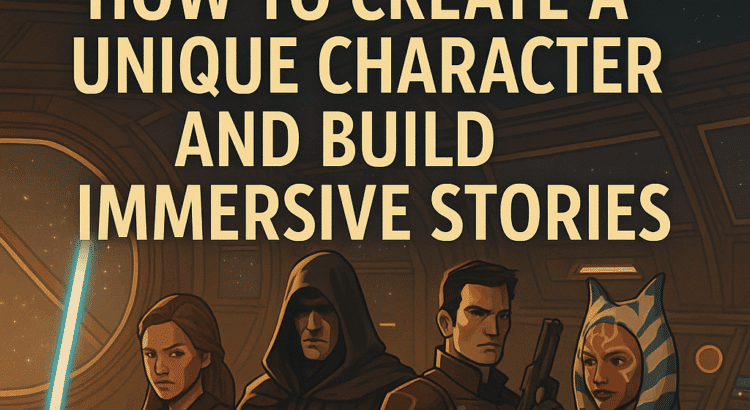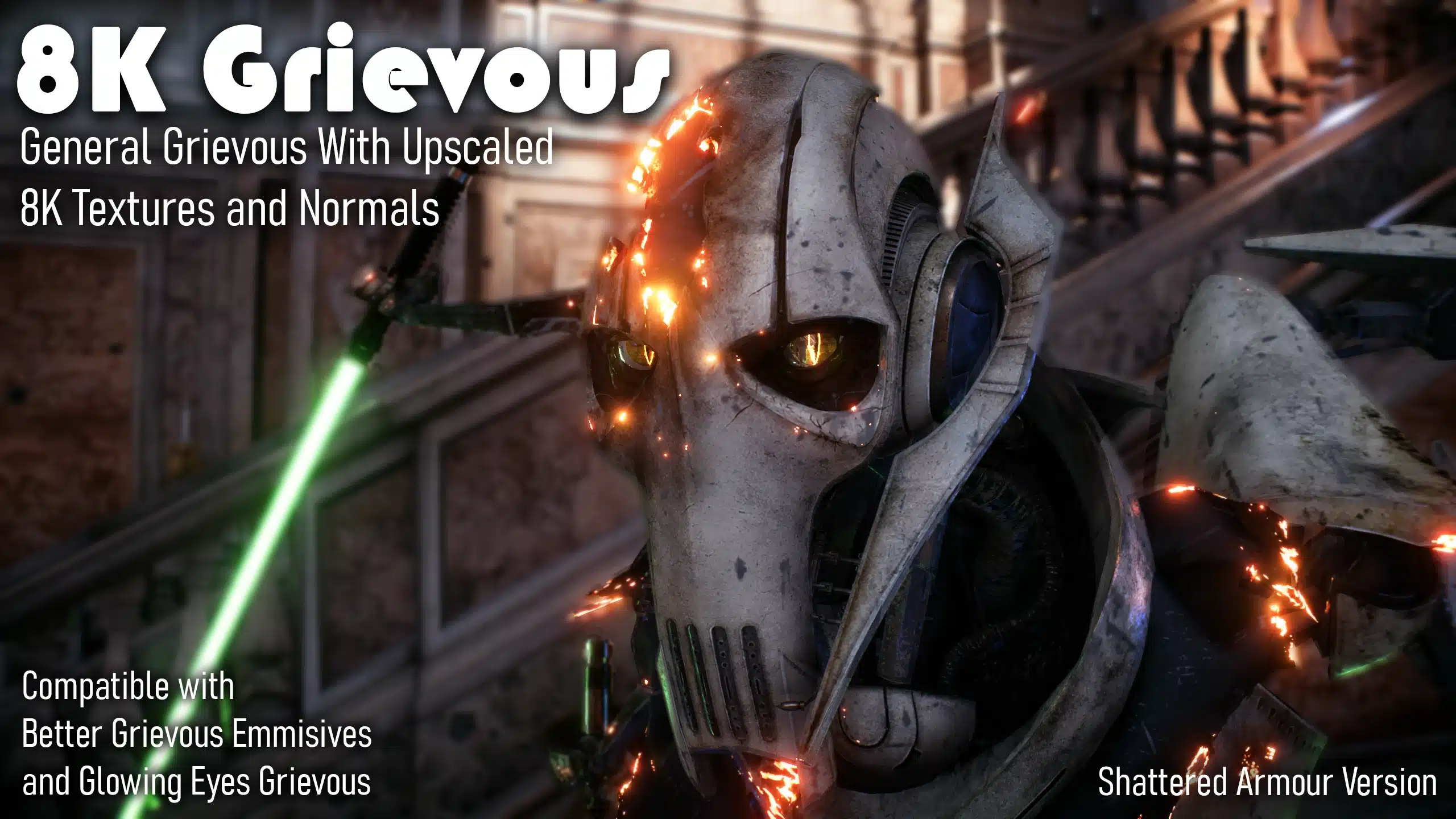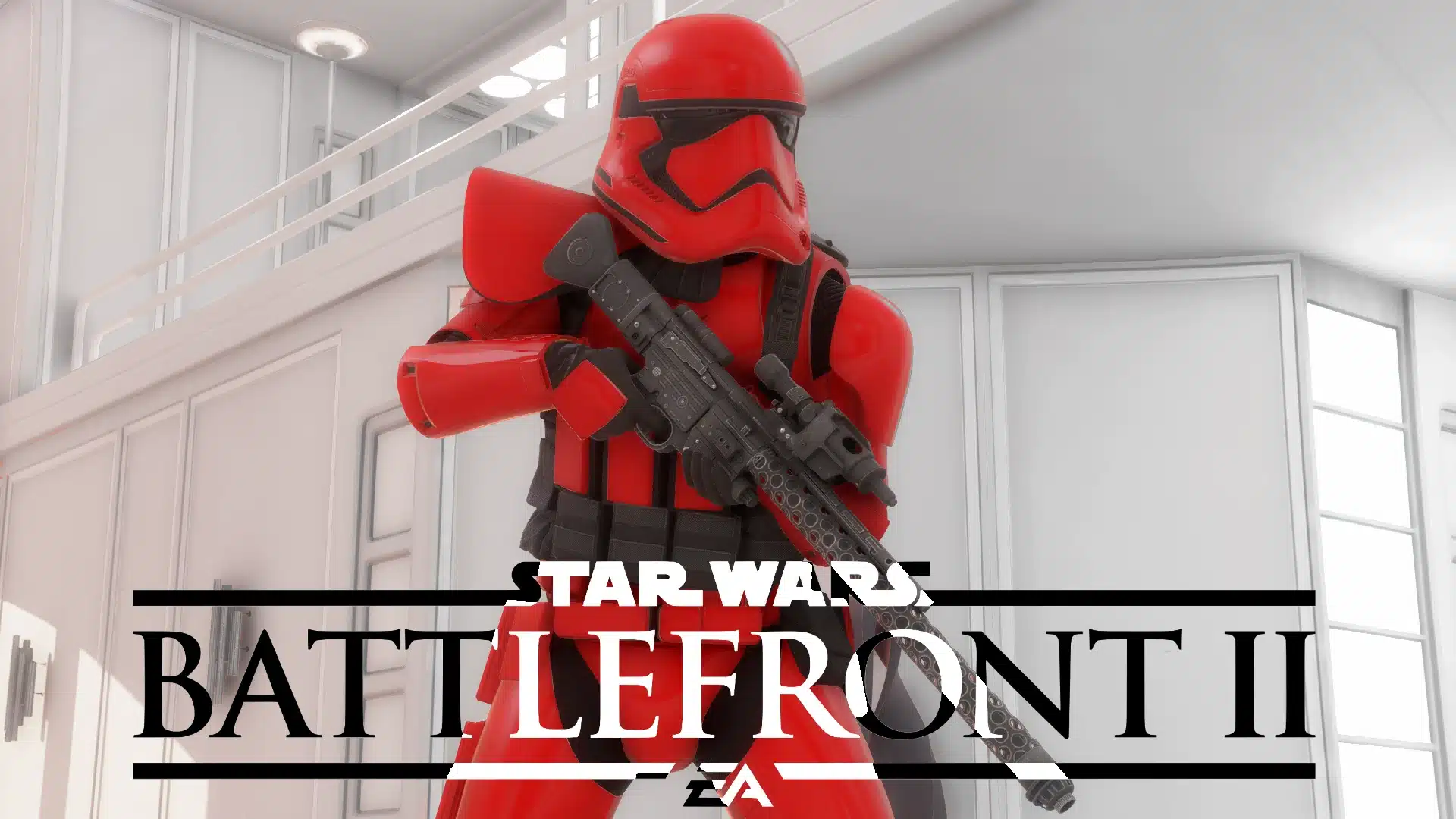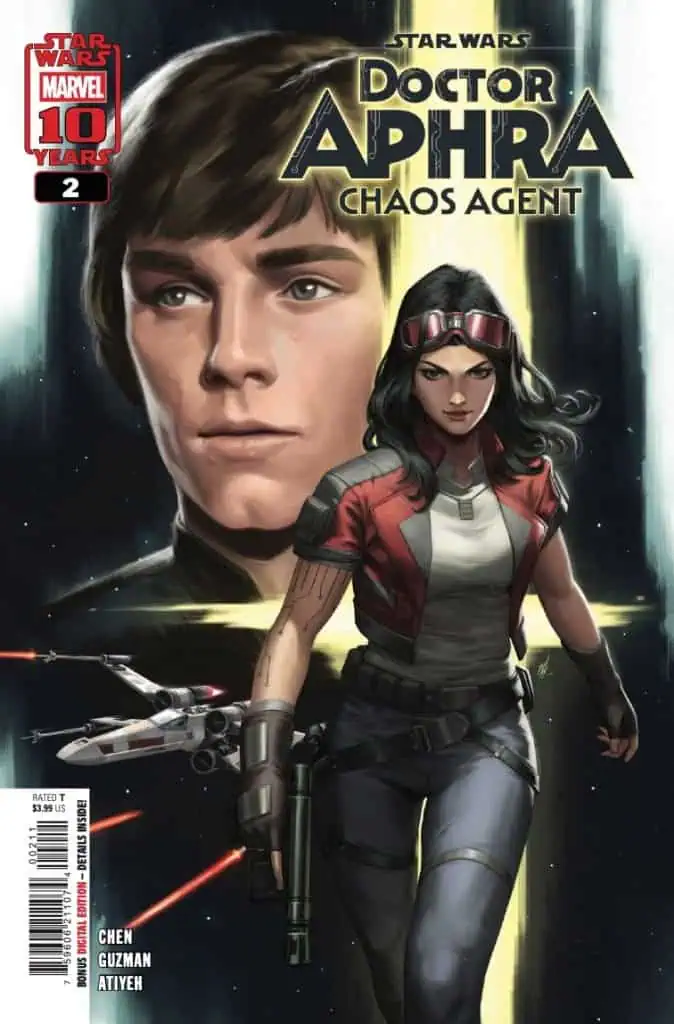Roleplaying in Star Wars: The Old Republic (SWTOR) can transform the game into a collaborative storytelling adventure. Instead of just grinding quests, you get to become your character – crafting a persona, mingling with other players’ characters, and creating your own tales in the Star Wars universe. This SWTOR roleplay guide will walk you through developing a compelling character, choosing the right server for roleplay, and diving into player-driven events to build immersive stories (all while keeping things fun and friendly).
Choosing an RP-Friendly SWTOR Server
Back in the day, there were official “RP servers” labeled in-game – but after a major server merge in 2017, those labels disappeared. Roleplayers have since flocked to a few unofficial hubs. Star Forge (North America) is widely considered the main Star Wars: The Old Republic RP server for English-speaking players, inheriting the community of the former Ebon Hawk RP server. If you’re in Europe, Darth Malgus server hosts a large EU roleplay community (mostly English-speaking, descended from the Progenitor RP server). There are also regional servers like Satele Shan (NA West Coast), Leviathan (French), and Tulak Hord (German) which have their own pockets of RP – but Star Forge and Darth Malgus tend to have the most activity.
Keep in mind that no matter the server, roleplay is community-driven. You might not see roleplayers everywhere at first glance. Many RP enthusiasts join roleplay guilds or Discord communities to coordinate meet-ups. If open-world seems quiet, don’t be discouraged – it’s likely that roleplayers are gathering in designated spots (like a cantina or guild stronghold) or during scheduled events. A good first step is to ask on fleet chat or forums if any RP guilds are recruiting. The SWTOR official forum’s Roleplay section and fan Discords (such as the Star Forge RP Discord) are great places to find fellow roleplayers. Choosing a server where you have a matching time zone and active guilds is important: for example, EU players may prefer Darth Malgus to catch prime-time events, whereas NA players gravitate to Star Forge. Ultimately, join a community where you feel comfortable – a supportive RP guild on any server can make all the difference in your experience.
Creating a Unique Character (SWTOR Character Creation Tips)
One of the joys of roleplaying is creating your own unique character within the Star Wars universe. Beyond just clicking “Create Character” in-game, you’ll want to flesh out a persona with depth and originality. Here are some SWTOR character creation tips to set you on the right path:
- Start with a Concept and Backstory: Think about who your character was before they entered the game’s storyline. Are they a hardened veteran soldier from Ord Mantell? A street-smart smuggler who grew up on Nar Shaddaa’s underbelly? Perhaps a Force-sensitive scholar from a distant colony world. Jot down a bit of backstory – family, upbringing, defining moments – that gives your character a past. A compelling backstory sets the foundation for immersive roleplay. Remember, you don’t have to write a novel (unless you want to!) – a few paragraphs highlighting key events and motivations is a great start.
- Avoid the “Overpowered Hero” Trope: It might be tempting to make your character the long-lost Skywalker or a Sith with unlimited power, but try to avoid creating a Mary Sue (a character who is unrealistically perfect or powerful). In fact, it’s often more fun (and believable) to start your character as a humble newcomer rather than the galaxy’s ultimate savior. Maybe they’re a Padawan just beginning to learn, or a rookie bounty hunter out on their first job. This gives your character room to grow through storytelling. Flaws and limitations make characters relatable and open up opportunities for development. Your Jedi might struggle with impatience, or your mercenary might have a secret compassionate streak – these nuances make them feel real.
- Use SWTOR Lore and Setting: SWTOR’s setting is rich with lore – thousands of years before the movies, with its own planets, politics, and conflicts. Tap into that! Perhaps your character fought in the war on the Sith Empire’s side but has doubts about the Empire’s methods, or maybe they’re a Republic senator’s aide with a front-row seat to galactic intrigue. Choose a species and origin that fit logically into the world. For example, a Sith Pureblood Jedi is extremely rare (and would face prejudice in the Republic), while a Mirialan Imperial officer would be unusual in the Empire’s xenophobic hierarchy. You can absolutely be creative, just have reasoning for it in your backstory. (If you choose an uncommon species/faction combo, explain how your character overcame the odds – that’s an interesting story in itself!) Also consider how your character’s class story fits in: some roleplayers incorporate the class storyline as their character’s personal journey, while others pretend those missions happened to “someone else” and focus purely on player-created narratives. Either approach is fine – just be consistent so you don’t accidentally confuse fiction with game mechanics when interacting with others.
- Define Personality and Goals: To truly bring your character to life, think about their personality. Are they witty and sarcastic, calm and diplomatic, or brash and aggressive? Do they follow the Jedi Code to the letter, or are they an ”ends justify the means” type of person? Figure out a few core traits, as well as short-term and long-term goals that drive them. Maybe your trooper wants to climb the ranks and command her own squad, while your Sith Inquisitor secretly seeks to avenge his master. Having clear motivations gives you direction in roleplay – it explains why your character does what they do and provides hooks for storylines. Goals can evolve over time as your character’s story unfolds.
- Customize Appearance and Name Thoughtfully: Since SWTOR lets you customize your character’s looks, use that to reinforce who they are. Little details can spark RP ideas – a scar over the bounty hunter’s eye (what battle gave him that?), or stylish robes on your Consular (perhaps a gift from her mentor?). Choose a name that fits the Star Wars universe and your character’s cultural background. No one is going to arrest you for naming your Chiss agent “Bob,” but a fitting name helps with immersion. If you’re not sure, you can find fan-made naming guides for various Star Wars species (for example, Mirialans often have single names, Sith Purebloods sometimes have lore-inspired names, etc.). A good rule of thumb is: if you saw the name in a Star Wars novel or movie, would it feel in place? If yes, you’re golden. If not, consider tweaking it. This is a creative exercise, so have fun with it – just keep it thematically appropriate so other roleplayers can take your character seriously.
Finally, once you have your character concept, consider writing a simple character biography that you can share. Many RP guilds require a brief bio on their forums or Discord. It usually includes basics like name, age, species, appearance, background and personality traits. It doesn’t have to reveal all your secrets (mystery can be good!), just enough to introduce your character to others. Creating a bio helps you solidify the character in your mind, and you can refer back to it to stay “in character” consistently.
Building Immersive Stories and Joining the RP Community
So you’ve got a character and a server – now what? Now the real adventure begins: interacting with others and weaving your story into the broader tapestry of the game world. Immersive roleplay in SWTOR can happen in many forms, from casual cantina chat to epic guild story arcs. Here are some tips on getting involved and making the most of the RP community:
Nar Shaddaa’s neon-lit skyline sets the stage for countless adventures. In SWTOR, locations like Nar Shaddaa’s promenade are popular hubs for roleplay meetups, offering a vibrant neutral ground for characters from all walks of life.
Discover RP Hotspots: Certain in-game locations naturally attract roleplayers. For example, the Slippery Slopes cantina on Nar Shaddaa (in the Lower Promenade) is infamous as a cross-faction gathering spot where Republic and Imperial characters can mingle in a seedy, Hutt-controlled setting. You’ll often find impromptu cantina RP happening here, with smugglers, bounty hunters, crime lords, and Jedi undercover all swapping stories. On the Republic side, Coruscant’s Senate Plaza or local cantinas might host political and military RP – picture senators, troopers, and Jedi discussing the war over a drink. Jedi-in-training often convene at the Jedi Temple on Tython for meditation sessions or mentorship scenes, while the Empire’s faithful plot in the shadows of Dromund Kaas (the Sith capital world rife with intrigue). Even the faction Fleet can be an RP location – though it’s crowded with non-RPers, some communities designate corners (like the VIP lounge on Fleet) for meetups. By exploring these locations, you can stumble upon roleplay or spark some yourself by simply staying in character and seeing who bites.
Join Player-Created Events: Many dedicated roleplay guilds host events – essentially collaborative story sessions that can range from a simple meeting (e.g. a Jedi Council debate or a crime cartel gathering) to a full-blown adventure. These events are often advertised on guild forums, Discord, or the SWTOR server forums. Don’t be shy about joining; guilds love when new faces show up to participate. Events might involve a bit of planning – for instance, one player acts as a storyteller or dungeon master, guiding a scenario (“Tonight, we’re raiding an abandoned Imperial lab – in character, of course!”) and others react in real-time. These can feel like mini improv theater or D&D campaigns within SWTOR. Expect a mix of dialogue and maybe using in-game dice roll commands for outcomes. By participating, your character gets to form relationships and reputations. Perhaps your quick-thinking smuggler saved the day in an event, earning the trust of a Republic commander – that can lead to future story threads. Keep an eye on community calendars: on some servers, weekly public RP events are a thing (for example, one night a week everyone gathers on Tython, another night on Dromund Kaas, etc., to encourage open roleplay). These scheduled gatherings are perfect for newcomers to drop in and say hi.
A quiet corner of a Nar Shaddaa cantina – today empty, tomorrow might host a lively player-run event. Cantinas and guild strongholds often become stage sets for creative roleplay scenarios in SWTOR.
Emote and Improvise: In roleplay, not everything is spoken dialogue – SWTOR provides /emote commands so you can describe your character’s actions. Use emotes to add color to your interactions: e.g. /e takes a slow sip of his Corellian ale, eyeing the stranger at the next table. This way, you convey tone and intent beyond the canned character animations. Feel free to get creative and paint the scene for others. Good roleplay is a bit like cooperative storytelling – you contribute to setting the mood and advancing the scene. Also, be adaptive: you never know what another player might come up with. Your job is to react in character and keep the story going. It’s a bit of an improv exercise – say “yes, and…” to ideas to build a story together. (If someone says, “Hey, didn’t I see you at the Battle of Corellia?” you might roll with it and respond, “Indeed, I was there – toughest fight of my life!” rather than shutting them down.)
Respect Roleplay Etiquette: To keep things enjoyable for everyone, there are some common etiquette rules in RP. Always separate In-Character (IC) and Out-of-Character (OOC) knowledge. Just because you know a piece of Star Wars lore or read another player’s guild application doesn’t mean your character knows it. Using OOC information to influence IC actions (so-called “metagaming”) is a no-no. Similarly, avoid “godmodding,” which means dictating someone else’s character’s actions or outcomes without permission. For example, instead of emoteing “Darth Malus strikes the smuggler down in one blow,” you’d emote “Darth Malus swings his lightsaber toward the smuggler, aiming to end the fight in one stroke.” – then the smuggler’s player can decide if they dodge, get wounded, etc. Always give others a chance to respond and contribute; RP is a back-and-forth narrative, not a solo script. Lastly, be respectful OOC. If a scene is heading into uncomfortable territory (e.g. violence, romance, sensitive themes), a quick whisper out-of-character to ensure all players are cool with it goes a long way. The goal is for everyone to have fun telling a story together, so communication and consent are key.
Find Your Crew: While you can certainly find random RP by hanging around hotspots, many of the most satisfying storylines emerge from consistent groups – i.e. guilds or regular partners in crime. Joining a roleplay-focused guild is like joining an ongoing novel where each member’s character is a recurring character in the story. Guilds often have story arcs, from political intrigue within a Sith cult to the day-to-day life aboard a Republic naval ship. Shop around for a guild that fits your character’s concept and your play schedule. If your character is a Jedi, there are Jedi Order guilds and academies. If you fancy the underworld, there are cartel gangs and mercenary companies. Don’t hesitate to roll an alt (additional character) to try different guild themes. Many players have a “stable” of characters across factions to experience all sides of the RP community. Additionally, check out community forums like swtor-rp.com or server-specific RP sites – they often have directories of guilds and events, plus story threads and resources for roleplayers.
Tell Your Story: As you immerse yourself in roleplay, remember that you are a storyteller too. Don’t just wait for others to create all the plots – feel free to initiate scenes or events once you’re comfortable. Maybe your character wants to host a high-stakes sabacc game in a casino, or perhaps they’re seeking allies for a dangerous mission in the Outer Rim. You can organize a small event by posting about it on forums/Discord and see who’s interested. Even a simple idea like a sparring tournament at the Jedi Temple or a meetup for veterans of a certain battle can ignite a whole evening of RP. SWTOR’s environments (and your own strongholds) are your stage sets; use them creatively. And if things ever slow down, you can always collaborate with a friend to stir up some drama (perhaps a bar brawl breaks out, or a mysterious encrypted message reaches your guild…). The possibilities are endless once people get talking in character.
Conclusion
Roleplaying in SWTOR is all about collaborative creativity. By developing a unique character and putting yourself out there on an RP-friendly server, you’ll find fellow Star Wars fans ready to weave epic (or intimate) tales together. Whether you’re negotiating a treaty on Alderaan, training a padawan on Tython, or plotting a heist in the back alleys of Nar Shaddaa, remember to stay flexible, respect your fellow roleplayers, and above all, have fun. This is your chance to live out a Star Wars story of your own making – so embrace the experience. May the Force be with you (and your character)!
Stay connected with the galaxy’s latest updates!
Follow us on X, Facebook, Instagram, or Pinterest for exclusive content, mod guides, Star Wars gaming news, and more. Your support helps keep the Holonet alive—one click at a time!










